13 of TV’s greatest lesbians, from Glee to Heartstopper
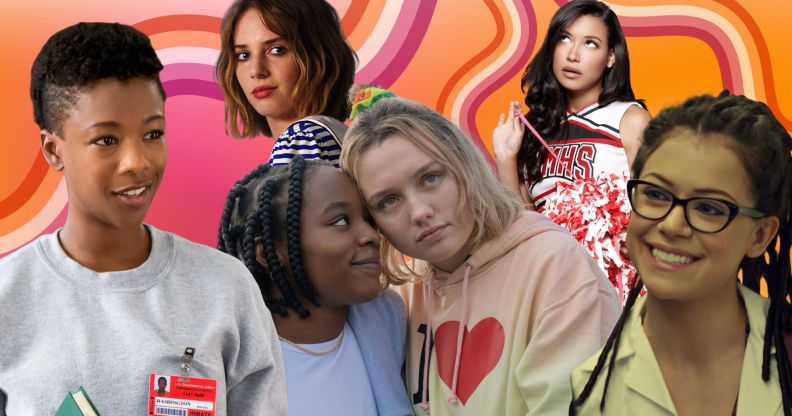
From Hearstopper to Our Flag Means Death, these are some of our favourite lesbian TV characters. (Netflix/Fox/BBC/Canva)
Lesbian representation on TV has come on leaps and bounds in the last decade, but some characters are simply unforgettable.
We’ve met butch baddies, unlucky in love lipstick lesbians, sapphics with superpowers – the whole lot. Beloved TV shows from Buffy The Vampire Slayer to Heartstopper have included lesbian characters who’ve helped countless queer women to discover who they are.
Of course, the huge increase in lesbian visibility on screen hasn’t been without hiccups.
According to LGBTQ+ publication Autostraddle, around 250 lesbian and bisexual women have been killed off from our favourite shows. The bury your gays trope is still very real and pervasive in Hollywood. Meanwhile, countless lesbian favourite TV shows, including Warrior Nun, A League of Their Own, and The L Word: Generation Q, have been ruthlessly chopped by streaming services.
Yet, to mark Lesbian Visibility Week 2024, let’s focus on the positives – after all, legendary lesbians are better loved and lost, than to have never been loved at all.
Here are 13 of the best ever TV lesbians.
Darcy Olsson and Tara Jones, Heartstopper
The best bit about the Darcy Olsson (Kizzy Edgell) and Tara Jones’ (Corinna Brown) love story is their introduction: in season one of Alice Oseman’s sweet queer drama Heartstopper, we’re introduced to the couple as though it’s the most ordinary thing in the world.
And it is: but too often, we’re used to seeing our queer characters dragged out of the closet, or forced through the wringer once they’re out of it. Not for these two (in season one, at least).
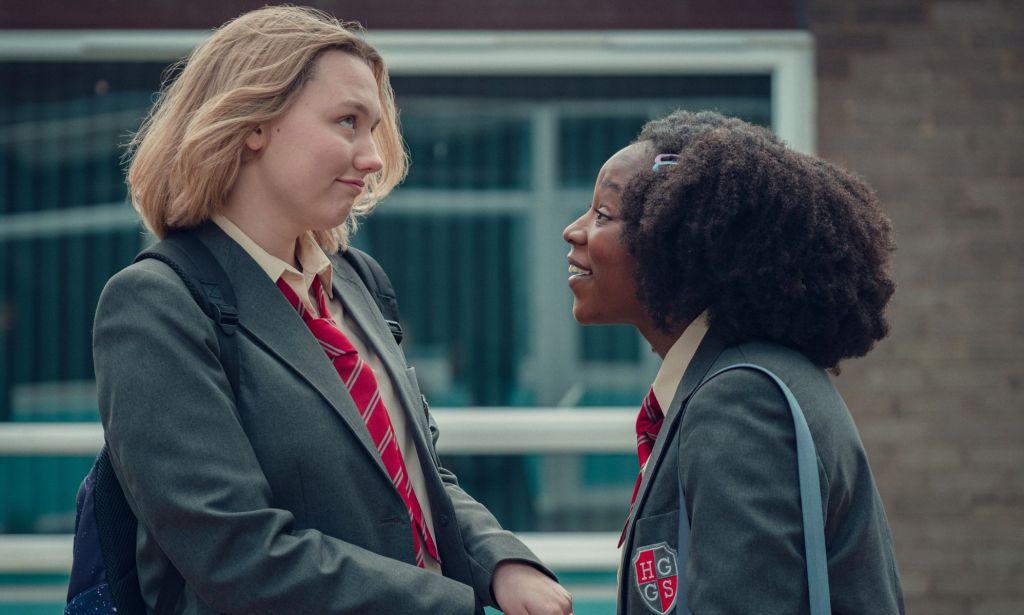
Though Nick Nelson (Kit Connor) and Charlie Spring (Joe Locke) are the main focus of the series, Darcy and Tara’s effortless and open romance is one of the reasons why Heartstopper season one marked a turning point for LGBTQ+ representation.
Cosima Niehaus, Orphan Black
As far as lesbian representation goes, the geeky girls haven’t exactly been front and centre. That’s why our beloved sapphic scientist, Orphan Black’s Cosima Niehaus (Tatiana Maslany), remains one of the best TV lesbians to grace our screens in the past decade.
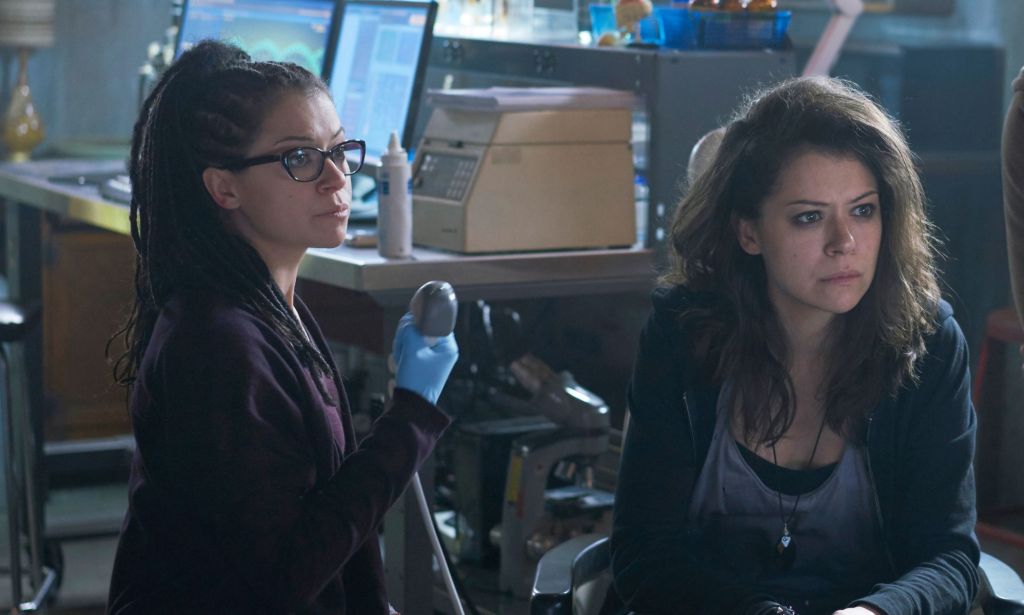
There are too many highlights to choose from, but we’re particularly big fans of her telling clone Rachel Duncan that her sexuality is “the least interesting thing” about her.
Oh, and when she slept with her now-wife Delphine (Évelyne Brochu) for the first time, and then left the apartment in just her underwear and a coat? That’s history.
Anne Lister, Gentleman Jack
Speaking of history: BBC drama Gentleman Jack wasn’t just serving brilliant, award-winning TV, it was also giving herstory lessons, baby. So few mainstream shows provide an insight into the lives of noteworthy lesbians throughout the past few decades, so Gentleman Jack is a real standout.
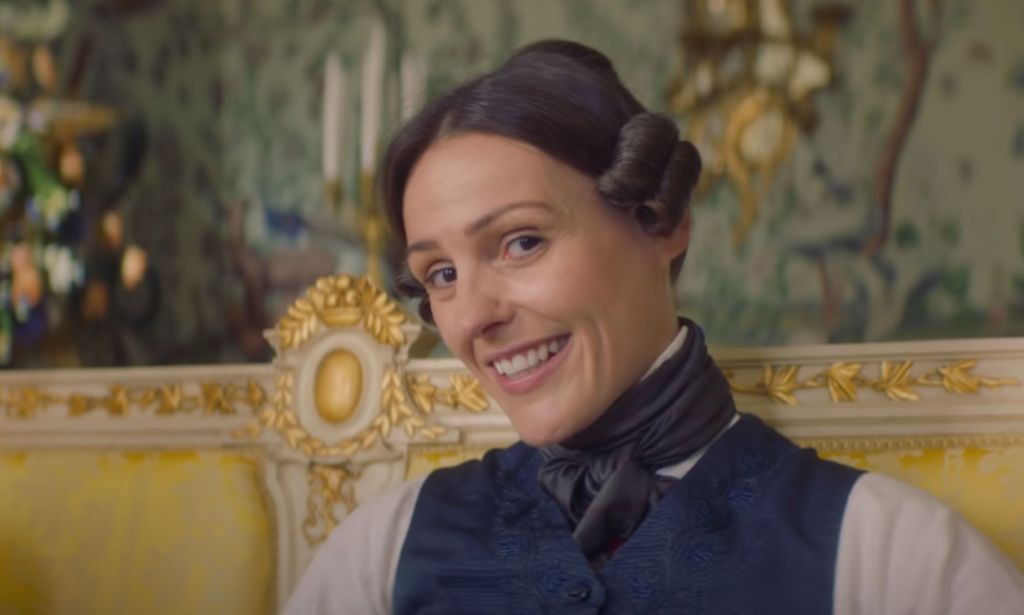
Gentleman Jack follows Suranne Jones as Anne Lister, a diarist and landowner born in the 1700s who has long been dubbed “the first modern lesbian”. Throughout her life, Lister – who was cruelly nicknamed “Gentleman Jack” due to her butch and burly appearance – detailed extensively her lesbian relationships, often writing them down in code.
Jones’ series is based on the revelations shared in those since decoded diaries, and her depiction of Lister, much like the historical muse herself, is fearless, ambitious, and determined to live life by her own rules.
Santana Lopez, Glee
The b*tchy lesbian cheerleader is, at this point, a well-established TV and film trope. Yet when you think of b*tchy lesbian cheerleaders, which b*tchy lesbian cheerleader is the first b*tchy lesbian cheerleader to come to mind? Santana Motherf***ing Lopez, played by the late Naya Rivera. Obviously.
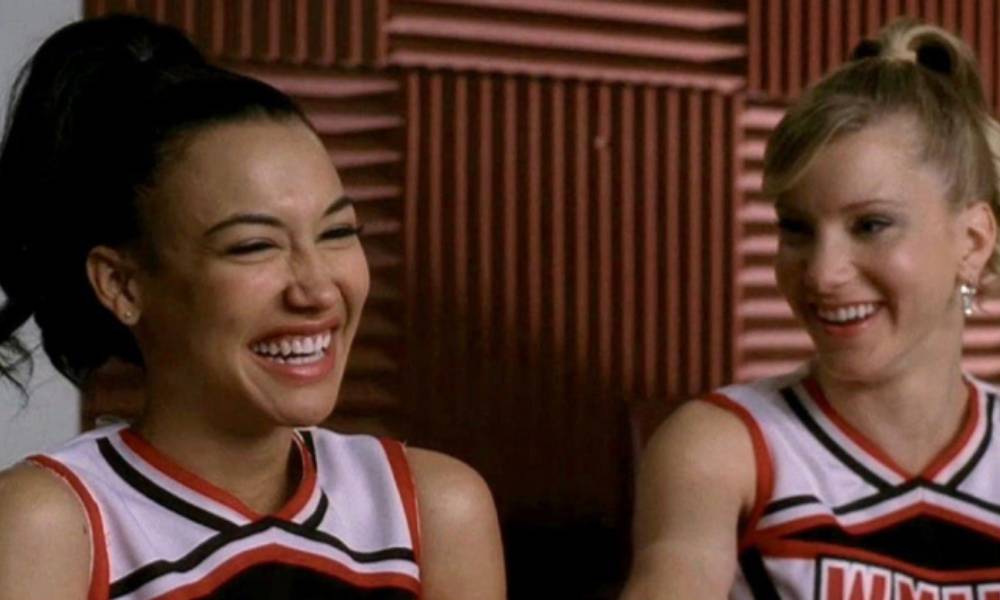
For an entire generation of LGBTQ+ people, Ryan Murphy’s Glee was one of the first TV shows they’d seen which included more than one token queer character. It was, simply, a gay awakening, and fror lesbians in particular, Santana was at the forefront.
She was conceited, complex, and incredibly insecure, but that’s what makes her a great character: she wasn’t sanitised. Give us more flawed lesbians!
Poussey Washington, Orange Is The New Black
Poussey Washington (Samira Wiley) was a character so unanimously adored that following her untimely (and unnecessarily brutal) death in season four, many Orange Is The New Black fans declared the show dead, too.
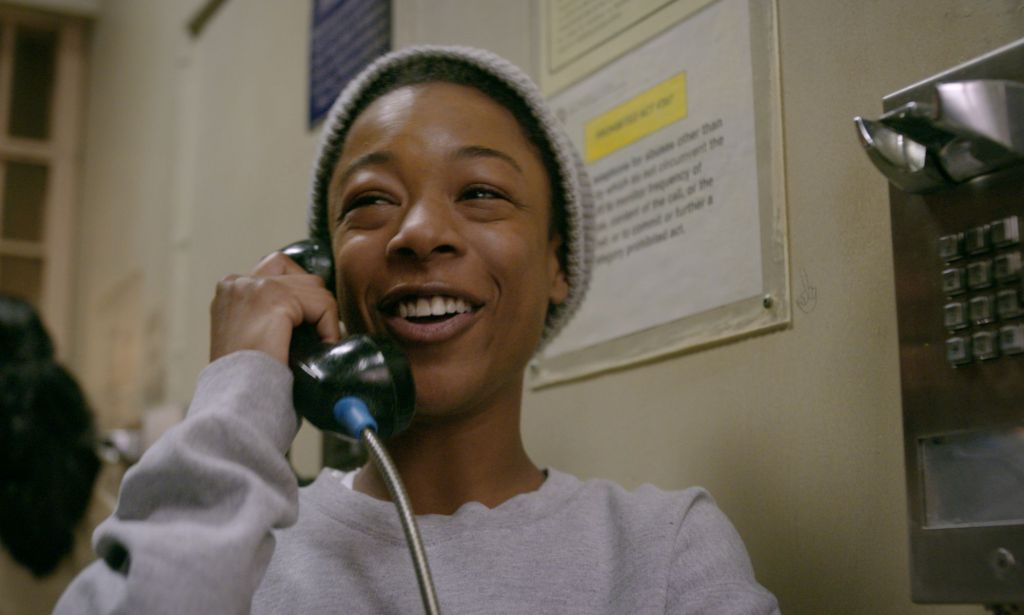
Poussey was many good things: kind, compassionate, caring, fiercely protective of her friends and loved ones (most notably, her closest friend and object of her affection, Taystee [Danielle Brooks]).
But she was many, far more complex things, too; we saw her initially struggle with her sexuality, experience depression, fall into alcoholism, grieve the loss of her mother. She was multifaceted and real, and a sublime example of lesbian representation done right (up until her demise, that is).
Shane McCutcheon, The L Word
When it comes to Shane McCutcheon (Katherine Moennig) in The L Word, it takes a degree of looking back to understand why she was such an immensely popular character.
Through a modern lens, she represents queer stereotypes we’ve seen on screen so many times: an androgynous, promiscuous lesbian who can’t hold down a relationship because she’s so deeply traumatised? Seen it.
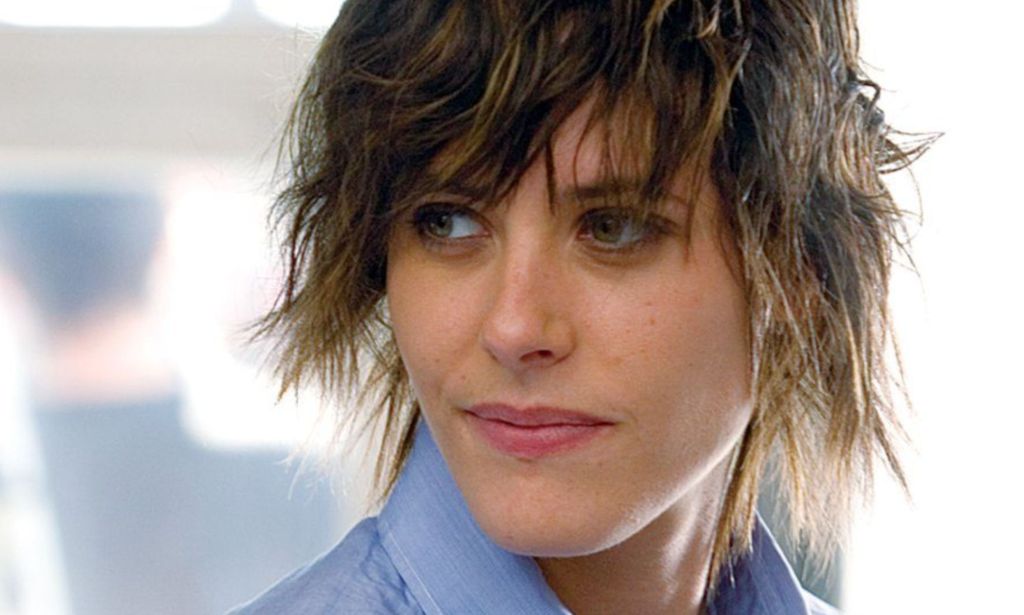
Yet when the show premiered 20 years ago, a character like Shane was unprecedented. Masculine, imperfect, occasionally immoral lesbians just hadn’t been seen on such a mainstream platform before.
Plus, behind the devil-may-care attitude, Shane is intelligent, loyal, resolute and assertive – with bundles of nipple confidence.
Shotgun Mary and Sister Beatrice, Warrior Nun
It took the fantasy genre a little longer to catch up when it comes to LGBTQ+ representation, presumably because, unlike in reality-based drama, it’s harder for queer trauma to be mined in alternative universes. That’s why a show like Netflix’s Warrior Nun is a lightning in a bottle moment.
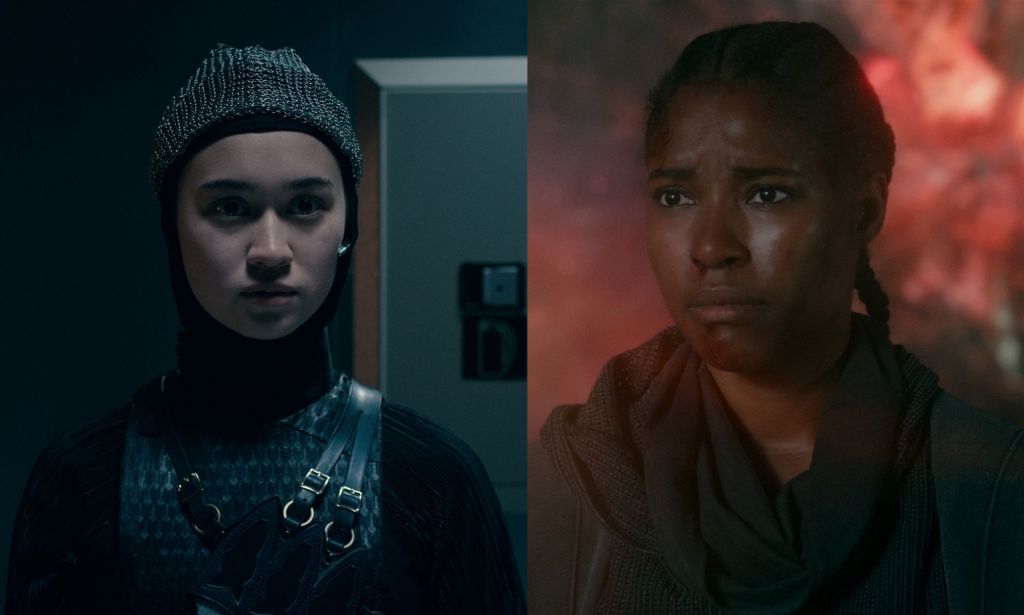
Warrior Nun, which has since been unceremoniously cancelled by the streaming service, offered fans not one, but two vastly different leading lesbian characters in Shotgun Mary (Toya Turner) and Sister Beatrice (Kristina Tonteri-Young) – plus, leading lady Ava Silva (Alba Baptista) was bisexual.
Both Shotgun Mary and Sister Beatrice found favour with the fandom for different reasons: the former is a fighting force to be reckoned with, living by the rules she’s set herself – and that’s inspiring. The latter is the friend we all wish we knew: she wants the best for those around her, and will stand by their side until the end.
Beth Jordache, Brookside
Now, it’s hard to believe that anyone out there is still obsessed with Beth Jordache (Anna Friel) from British Channel 4 soap Brookside, namely because the show hasn’t been on air for over 20 years.
Yet it feels criminal to not include Beth and her kiss with Margaret Clemence (Nicola Stephenson) on this list simply due to what they brought to the lesbians of the UK, and to the world.
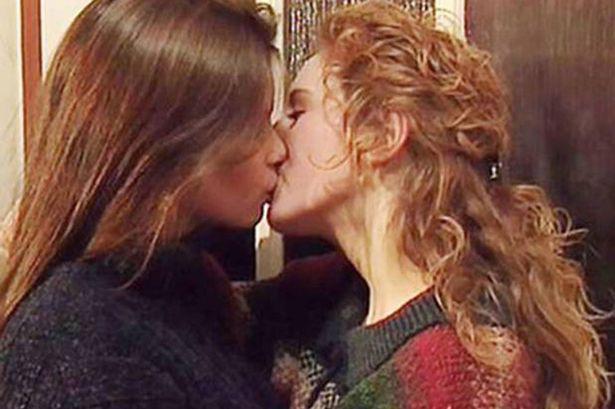
In 1994, the kiss between the pair became the first lesbian kiss to air on British TV before the 9pm watershed, and heralded a new era for LGBTQ+ representation. Then, in 2012, it played at the Olympics opening ceremony in London, and was broadcast uncensored to the world – including in countries where same-sex relationships remain banned.
Friel in particular deserves a shoutout here: though her character had experienced sexual abuse growing up, Friel was committed to ensuring the fact wasn’t linked to her character’s sexuality, in an attempt to distill myths about homosexuality that persisted at the time.
Tara Maclay and Willow Rosenberg, Buffy The Vampire Slayer
Tara Maclay (Amber Benson) and Willow Rosenberg (Alyson Hannigan) were one of the first, and arguably the highest profile, lesbian couples on US TV in the late 1990s and early 2000s. The sapphic witches raised an entire generation of lesbian women, and were the first inkling that not only could queer women be prominent characters on mainstream television, but they could be wildly popular, too.
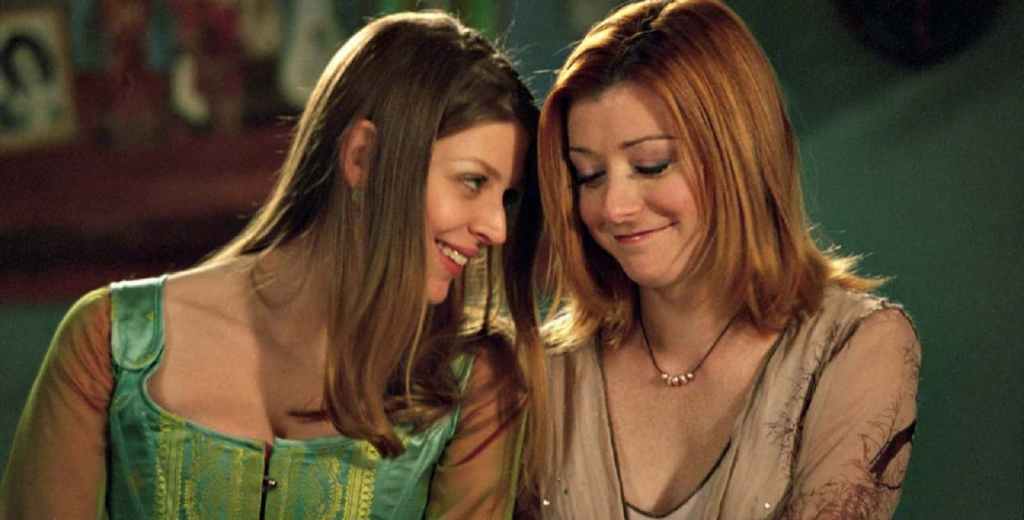
So much so, that when Tara was shockingly shot dead towards the end of season six – directly after she and Willow reached the most explicit and intimate state of their relationship yet – fans rallied around creator Joss Whedon to bring her back. To no avail, obviously.
Robin Buckley, Stranger Things
This might seem like a strange one to include here, considering the sexuality of Maya Hawke’s Stranger Things character Robin Buckley was only confirmed a couple years ago, in season three.
Yet it deserves its place for two reasons: firstly, for the this quiet, moving coming out scene with Steve (Joe Keery), in which Robin lets him down gently by revealing her sexuality; thankfully, he takes it incredibly well.
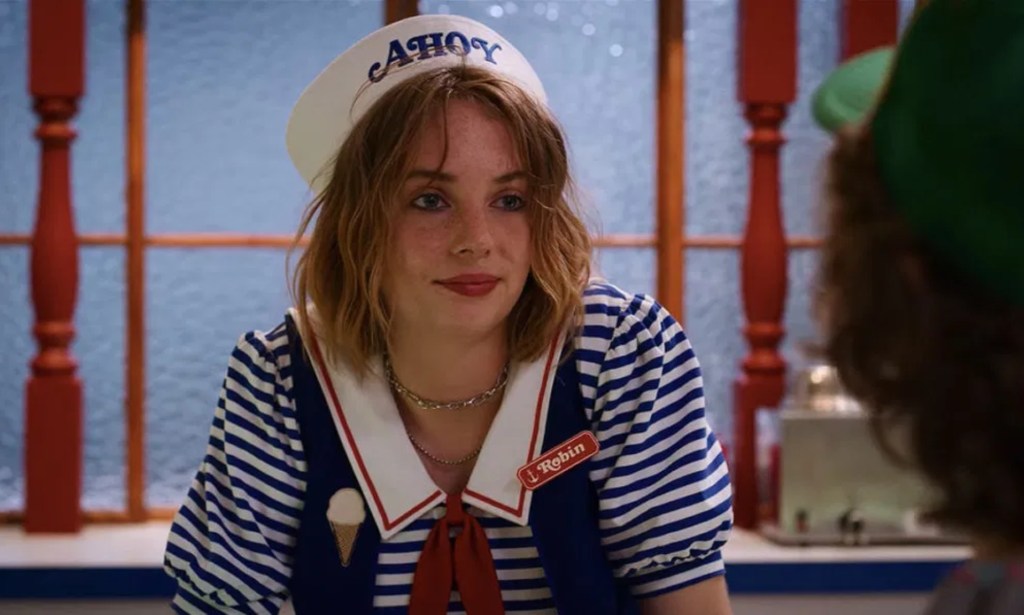
Secondly, Stranger Things is based in the 1980s, a time where LGBTQ+ acceptance was rock-bottom. Simply seeing Robin accepted by her friend and quietly thrive in this era is big, away from the death, despair and homophobia usually shown in depictions of queer people who lived through the decade.
Mary Read and Anne Bonny, Our Flag Means Death
Now, where TV does have good lesbian representation, those characters aren’t exactly lacking in the dysfunctional department. Yet many of those unstable on-screen lesbians we’ve come to know and love are younger women; high schoolers in their first relationships, or twenty-somethings still discovering themselves.
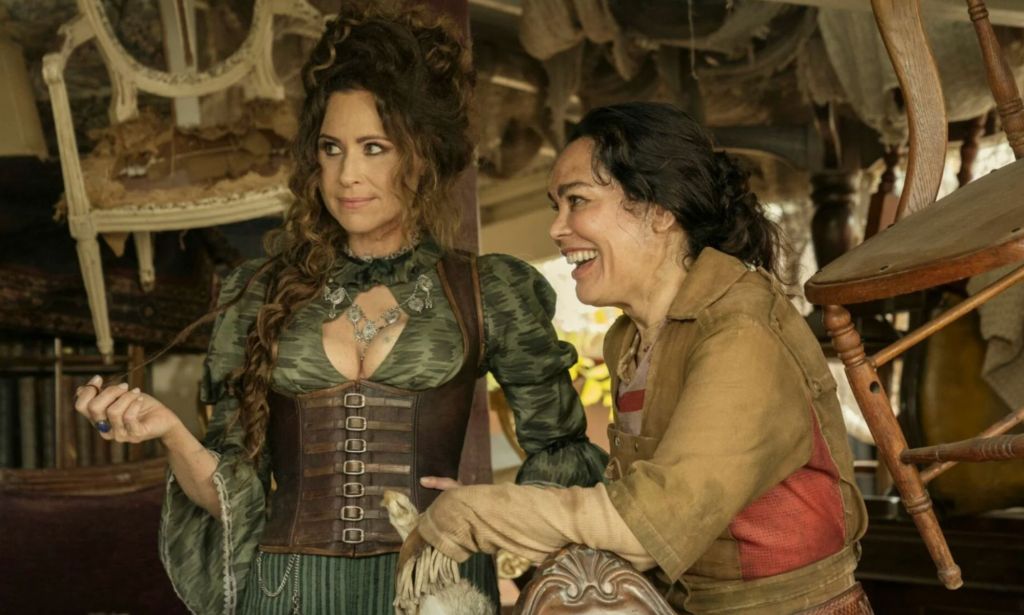
That’s why we’re grateful for Our Flag Means Death for showing us that yes, longer-term lesbian relationships can be just as chaotic. With Mary Read (Rachel House) and Anne Bonny (Minnie Driver), we’re introduced to two women who have the air of a couple who have seen the world together, opened an antiques emporium together, loved one another, hated one another, and everything in between.
Their relationship certainly hasn’t been all plain sailing (pardon the pun), but that’s why we love them.
Plus, they played a fair part in properly reuniting Stede (Rhys Darby) and Ed (Taika Waititi), and we have to give them some love for that.
Taissa Turner, Yellowjackets
In Showtimes’s finger-licking good thriller Yellowjackets, Taissa Turner (played by Jasmin Savoy Brown in the past, and Tawny Cypress in the present), isn’t necessarily a likeable lesbian, but she’s an essential one.
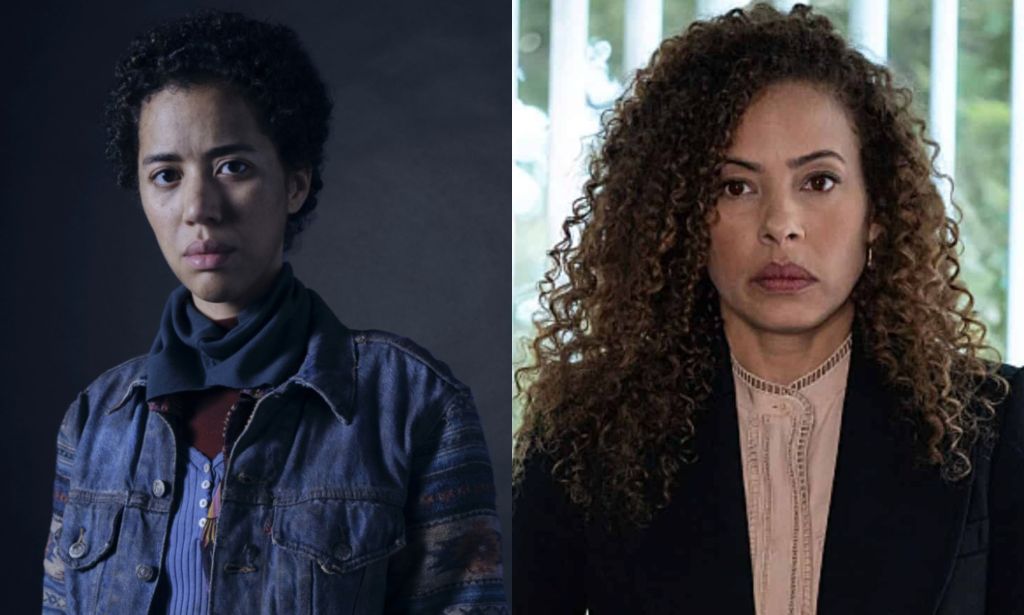
Firstly, she’s an out lesbian politician; that’s a rarity in reality, let alone on TV. Plus, she’s raising a child, and sadly yet unsurprisingly, LGBTQ+ families are still almost unseen on television, particularly in terms of lesbian couples (even if Taissa’s family isn’t exactly picture perfect).
So yes, Taissa can be ruthless to an almost dark and disturbing degree, but she’s unlike any other lesbian character in TV history.
Naomi Campbell and Emily Fitch, Skins
Though coming out storylines and sexuality struggles are now seen as trite and overdone for LGBTQ+ characters, there was a time in the not too distant past – even just in the late 2000s, when Skins came about – where they were essential.
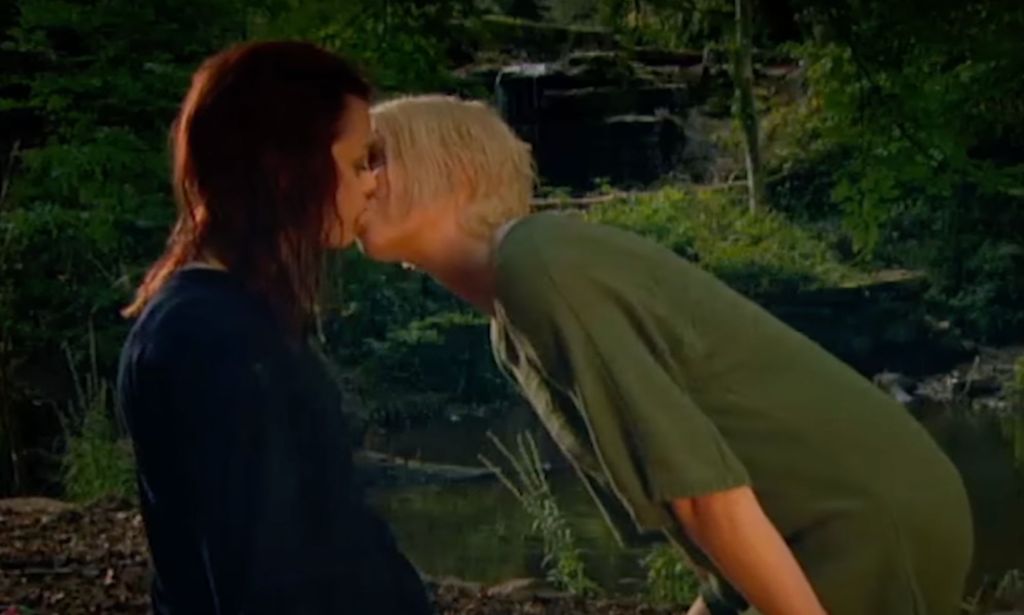
As Naomi Campbell (Lily Loveless) and Emily Fitch (Kathryn Prescott) navigated their feelings for each other in season three, then eventually became a couple, and then came out to their friends and families, tens of thousands of young lesbian women across the world saw themselves staring back at them.
To this day, the duo are seen by many as one of TV’s most authentic lesbian couples ever.
How did this story make you feel?
